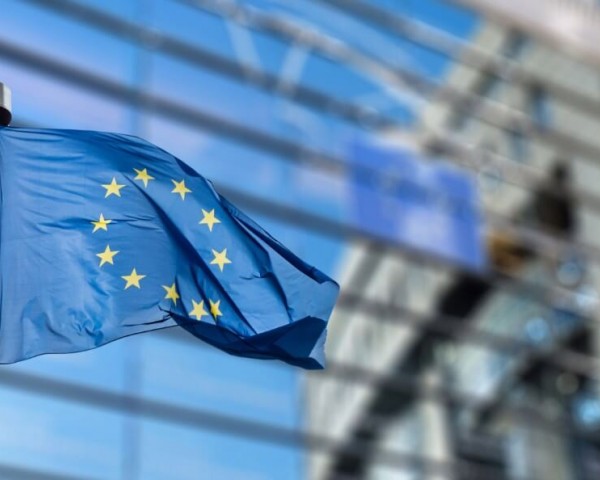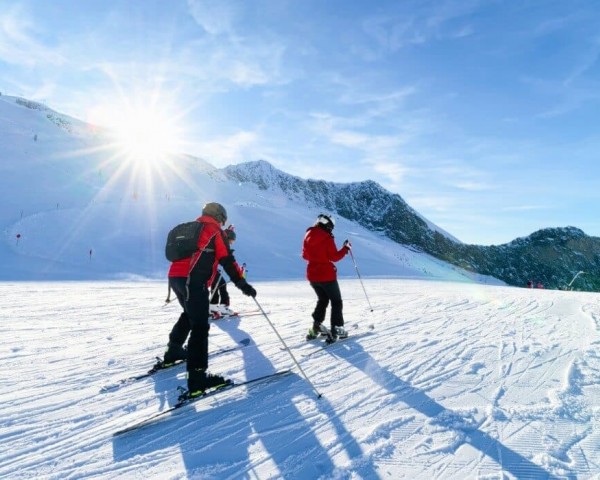A successful year for the European tourism sector
Europe is becoming increasingly popular with travelers, and its tourism sector has not only recovered – it is more than pre-pandemic levels. According to the latest data from Eurostat, in 2024 EU accommodation facilities will record a remarkable 3.021 billion overnight stays. This is a 2.7% increase over the previous year.
This increase really shows the strength of Europe’s tourism sector, turning a temporary return into a strong revival that is certainly good for the entire economy from the Mediterranean to the Baltic.
Standing stars and subslopes
Many EU countries experienced more bookings, creating a mixed picture. Cyprus, Malta, Latvia and Poland led the way, each seeing a double-digit increase of 14%. This increase highlights the success of strategic investments in infrastructure and marketing that have positioned these destinations as attractive options for sun-seekers and culture-goers. Italy, Greece and Spain also performed well with 4% increases. People seem to be drawn by the beautiful water and ancient ruins, especially during the hot summer months.
However, this growth was not evenly distributed. Finland saw a slight decrease of 0.7%, possibly due to weather conditions and a stronger euro affecting budget travelers. France experienced a small dip of 0.6%, which was somewhat unexpected, probably due to domestic attacks and international events. Belgium and Sweden, on the other hand, remained fairly stable with modest gains of 0.3%, suggesting a market that is not really changing dramatically.
Overall, the 2024 figures exceeded 2019 pre-Covid levels, suggesting that Europe’s tourism sector is doing very well. As travel becomes easier and people want to see the world, these numbers are important for hotels, restaurants, and rural areas that have really fallen on some hard times in recent years.
Domestic and international guests
So, who is responsible for booking all this? It appears that the majority of stays – about 51.9%, which is about 1.57 billion – came from domestic travelers. From quick hikes in the Italian Dolomites to trips to Polish lakes, the trend shows that people still like to stay close to home after the pandemic.
International visitors accounted for 48.1% (approximately 1.45 billion overnight stays), adding some global diversity. A significant part of these, about 61.6%, were from other European countries, such as Germans going to Spain or Dutch tourists in Belgium. Another 21.3% came from non-EU European countries such as the UK and Switzerland, suggesting that Europe is still the most attractive destination for neighbors.
The remaining 16.4% traveled from further afield, bringing different cultures to the European tourism sector. North Americans were the largest group from outside Europe, accounting for 7.5% of international stays. The number of people from Asia is 4.9%, with more and more visitors visiting places like Santorini. Central and South America (2.3%), Oceania (1.0%), and Africa (0.8%) contributed little, adding to the diverse mix of tourists in Europe.
Where the night unfolds
Looking at where people are staying, Eurostat data shows that hotels and similar places have the most bookings at 62.8%. People really like the combination of service and convenience that hotels offer. Vacation rentals and short-stay rentals, such as Airbnb apartments in Lisbon or chalets in the Alps, were also popular, accounting for 23.7% of overnight stays. This rental offers flexibility and the opportunity to experience local culture.
Finally, 13.5% of travelers stayed in campsites, which shows that people are interested in eco-friendly and adventurous travel. From the beaches of Croatia to the vineyards of France, these exotic destinations are part of a larger trend toward sustainable travel options.
A clear beacon for Europe’s future
Europe’s tourism sector has not only grown in 2024; It sets the stage for future growth, providing a model for sustainable development. The combination of local support and global interest has positioned the industry for continued success in the year ahead. Certainly, challenges such as overcrowded tourist destinations and environmental impacts persist, but forward-thinking strategies such as eco-friendly certifications and incentives for travel during the off-season can maintain this positive trajectory.




Post Comment